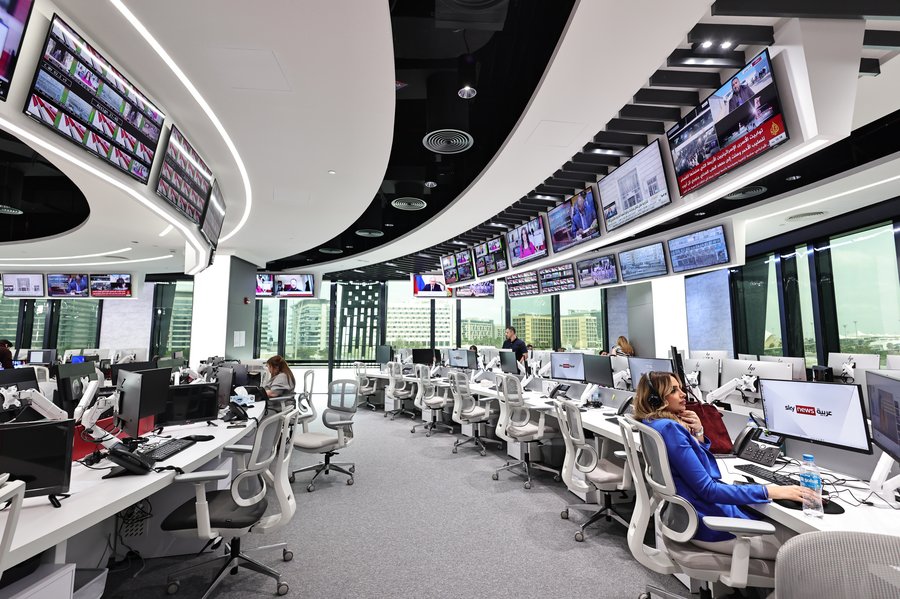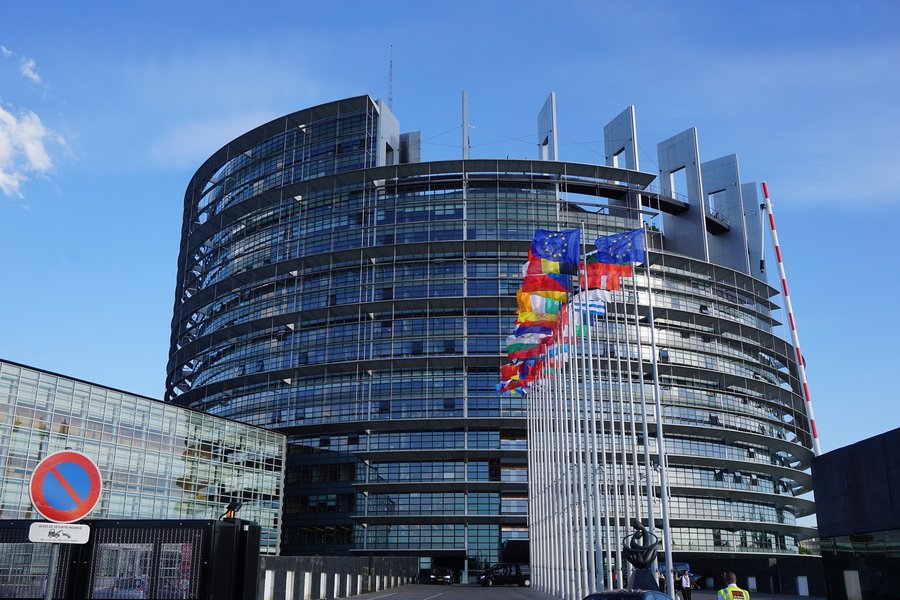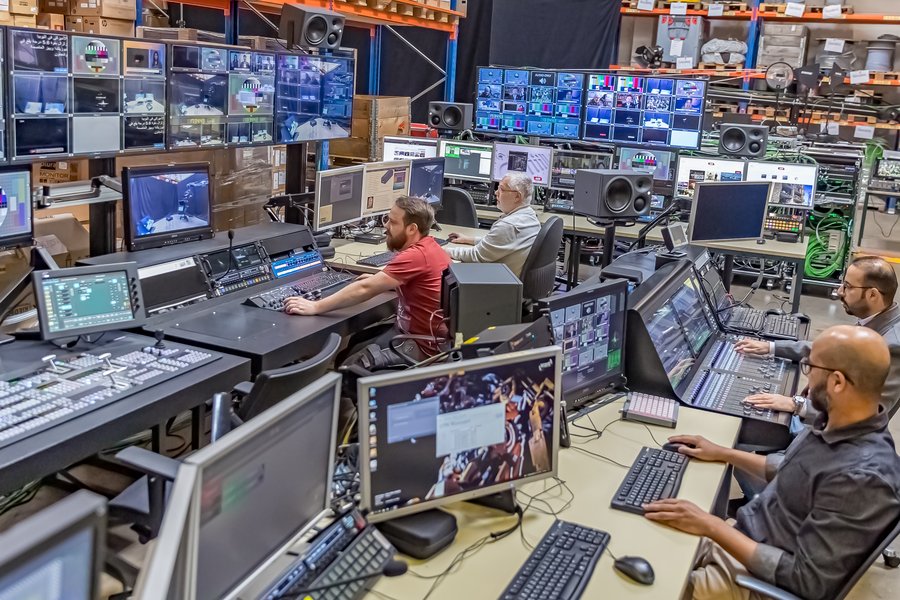Always-on content: Why content supply chains must become agile
Digital brand communication has changed dramatically in recent years. Where once campaigns followed fixed cycles and content was planned and published at regular intervals, today’s communication happens in real time and across all channels. Brands are under constant pressure to stay relevant, visible, and consistent. Not just occasionally, but around the clock. Welcome to the era of always-on content.

The new content reality: Data, trends, and challenges
How is your digital media supply chain structured? Content marketing remains the growth engine of the digital marketing mix. Many companies are already seeing positive ROI from content marketing, and 87 percent of marketers report increased brand awareness through continuous content delivery. Content budgets reflect this trend: more than half of all companies now invest between 11 and 50 percent of their marketing budget in content marketing.
Audience expectations are clear: relevant, personalized, and consistent content at all times - whether on social media, in the online shop, or elsewhere. Brands that fail to meet these expectations risk losing their audiences to the competition. At the same time, pressure on organizations is increasing exponentially: more channels, more formats, more target groups. All with ever-shorter content lifecycles. Constant change in platforms and algorithms demands continuous optimization. Without scalable, integrated processes, brands quickly hit their limits.
From linear process to agile content ecosystem
From ideation to creation and distribution, the traditional content production model is simply too slow and inflexible for today’s demands. Teams often work in silos by function or channel: social media apart from e-commerce, content strategy separated from CRM, creation isolated from tech. The result: media breaks, duplicated assets, lengthy approvals. Time-to-market becomes a bottleneck for innovation.
Agile content supply chains break this outdated model. They work as digital ecosystems where content is orchestrated modularly, automatically, and data-driven. Instead of developing assets for individual campaigns, content is designed as reusable, scalable modules. Workflows are no longer linear or sequential, they are simultaneous, collaborative, and cross-functional, extending across locations and even organizational boundaries. Companies that invest in a strategically planned, AI-enabled content supply chain see up to 22 percent higher ROI and 30 percent greater efficiency, according to IBM.
Always-on as the new normal
"Always-on” means content is constantly available and continuously updated as it is delivered globally, 24/7, and in real time. For audiences, that’s already a given. They expect personalized product suggestions in the webshop, consistent messaging across platforms, and immediate reactions to their interactions. Brands must be equipped to detect signals from their audiences, respond in real time, adapt content per channel, and distribute it automatically.
The challenge: content volumes are exploding, content lifespans shrinking, and formats multiplying. At the same time, brands must tailor content by audience, region, and context. Only a scalable, flexible content supply chain can deliver at this level.
Agility is more than a buzzword
Agility, in this context, means the ability to respond faster and more precisely to market shifts and user needs. This requires a new mindset in planning: instead of fixed annual calendars, companies now use dynamic, adaptable content backlogs. Content production shifts from big-bang master assets to minimum viable content that is iteratively refined.
Collaboration is also transforming. Cross-functional teams, so-called squads, jointly take ownership of content performance. Clear governance models with defined roles and responsibilities speed up approvals, while optimization relies more and more on real-time insights instead of historical KPIs.
Integration and automation as enablers
Technology is the key to agility in the content supply chain. Modern Digital Asset Management (DAM) systems support asset reuse and consistency. Product Information Management (PIM) ensures reliable product data across all touchpoints. Content hubs enable centralized editorial control, while API-based publishing tools power fast, flexible, multichannel distribution.
Automation reduces manual tasks, accelerates review cycles, and boosts productivity across teams. AI tools for adaptive rendering, text generation, or auto-tagging bring new levels of scalability and personalization. 84 percent of companies now see generative AI as a catalyst for next-gen content personalization.
Quality and governance preserve brand integrity
Speed must not come at the expense of brand consistency. Especially for global organizations, robust governance frameworks are critical. Templates and global brand guidelines, locally adaptable, ensure coherence. Governance tools manage roles and permissions, while automated checks for branding, compliance, and accessibility are becoming standard. Versioning and lifecycle management are gaining importance. In the near future, AI-based “agentic” models will increasingly handle governance tasks, screening content for bias, copyright issues, and regulatory risk before deployment.
Collaboration as a success factor
Agile content supply chains are inherently cross-functional. They connect marketing, IT, product, CRM, social, e-commerce, and external partners into a unified ecosystem. Shared KPIs, prioritized backlogs, and synchronized feedback cycles are critical for scaling content performance. Enablement programs support the development of new roles, like the content product owner, and foster the competencies needed to make agile collaboration a reality.
Technology as a strategic lever
Technology is no longer just an operational backbone, it’s a strategic differentiator. Headless technologies offer flexibility in content delivery. Composable architectures support modular, scalable ecosystems. Cloud-native infrastructure enables performance and scale. AI powers automation, personalization, and governance. According to current studies, 38 percent of companies already see AI as essential to their supply chains and that number is constantly rising. The market for supply chain automation is projected to grow more than 11 percent annually through 2033.
Conclusion: Rethinking content, rebuilding supply chains
Always-on content isn’t a trend, it’s the new standard. Brands that invest in agile, integrated, and automated content supply chains today not only gain efficiency, but also unlock differentiation and innovation. Content becomes the brand’s operating system and the supply chain determines how effectively it runs. Let’s talk about how to rethink your content strategy, tech stack, and organizational model to build a content supply chain that makes your brand future-ready.

























































